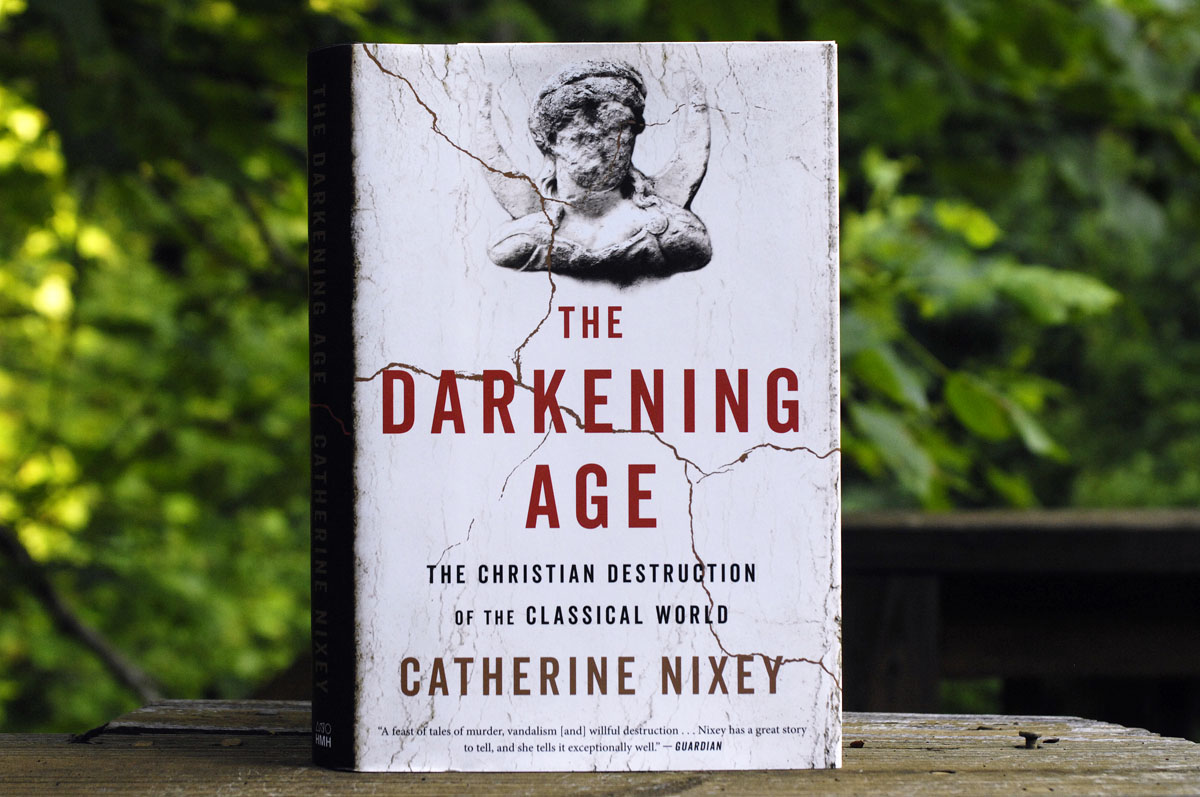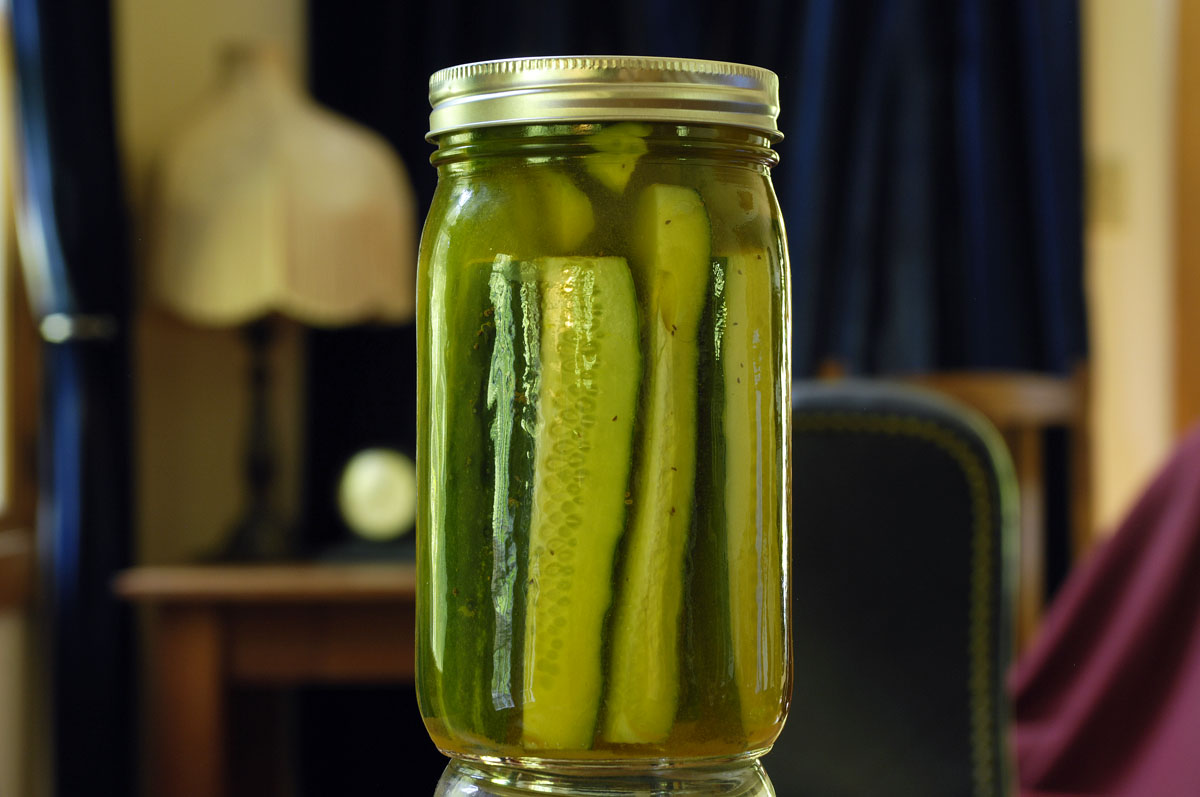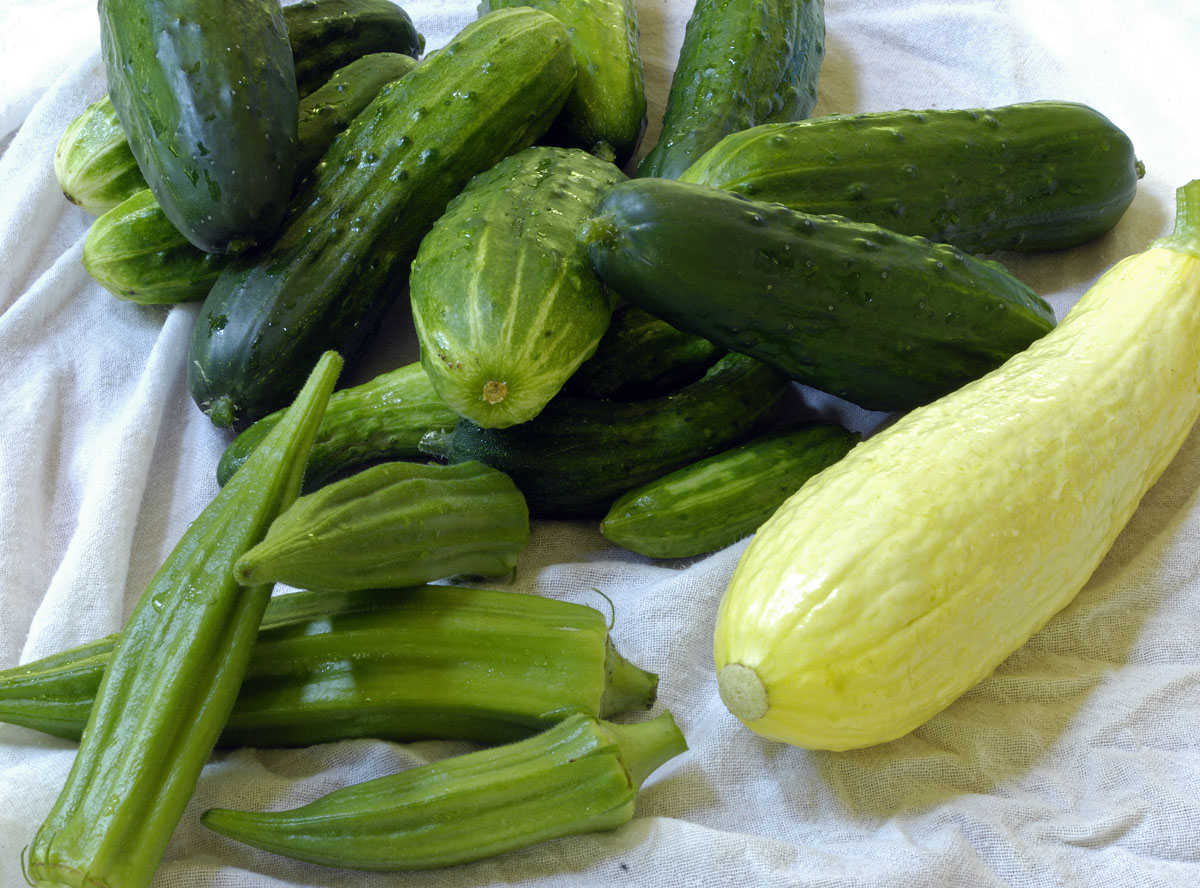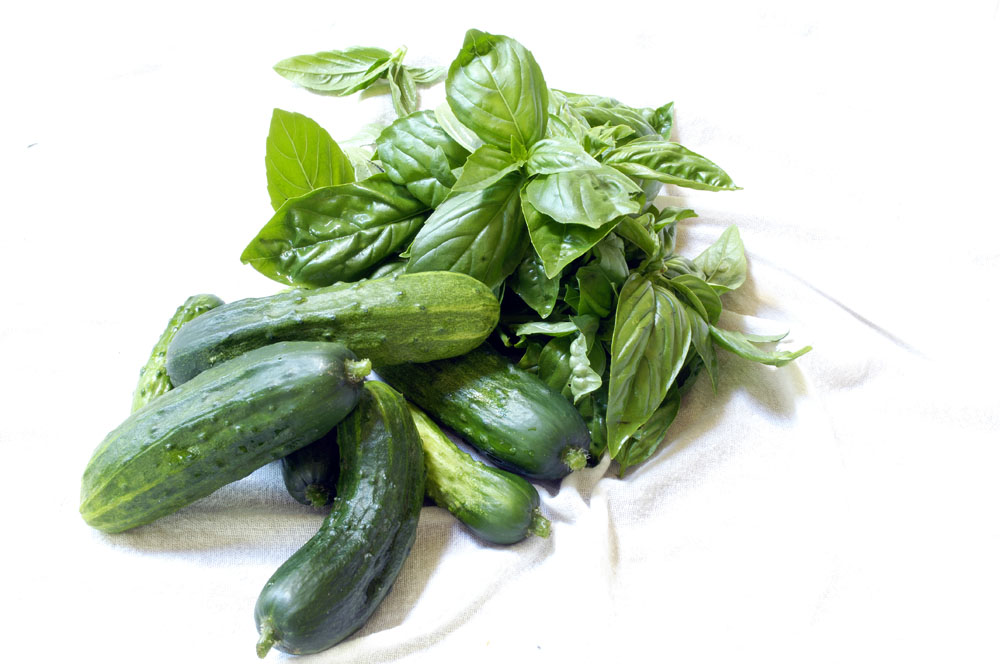Jakub Józef Orliński, YouTube. What is he singing? Please don’t play the video yet. We’ll watch it in a second.
Far more than we realize, the idea of purity affects how we see, and how we react to, the world. Yet we’re barely conscious of our reactions based on purity. We can’t talk about purity without also talking about disgust, which is what people feel when their idea of purity is violated. Disgust is not a rational, thinking response. It’s an emotion, and it arises without conscious control. Disgust also has a milder form — mere discomfort. Conservatives care a great deal about purity. Liberals care far less.
I have posted in the past about Jonathan Haidt’s moral foundations theory. Haidt posits that the predominant moral values of liberals are caring and fairness. For conservatives, the predominant moral values are loyalty, authority, and purity.
Purity, it seems, is very divisive as a moral value, possibly even the most divisive. Purity and disgust feed heavily into our politics. My guess would be that this is because disgust is unconscious and irrational — not to mention powerful. People usually assume that their feelings of disgust or discomfort have moral meaning. Rational people who examine and question their feelings will find that that is not always true.
Psychologists actually have studied how the social divisiveness of purity works. Think about, for example, the American controversy around which bathrooms transgender people are expected to use. Conservatives, with their much more rigid views about sex, sexuality, and gender, can get whipped into a white-hot rage over the bathroom issue. Liberals couldn’t care less. I am old enough as a Southerner to remember “white only” restrooms. Trump’s wall on the Mexican border reeks of purity. Brown-skinned people threaten the identities of, and evoke fear in, conservative white people. Those white people want to be separated from brown-skinned people to preserve the purity of their white culture, even if that means putting brown-skinned children in cages. They would never put white children in cages out in the Texas sun. Purity is the primary moral value that right-wing propagandists and right-wing politicians use to motivate followers.
Liberals feel disgust, too, but for very different reasons. Putting children in cages, for example, is disgusting to liberals, because it’s unjust, unfair, and uncaring. Appealing to purity will get you nowhere with liberals.
I often wonder why I have such undetectable reactions where matters of purity — social purity, at least — are concerned. Is something wrong with me? Or is something wrong with conservatives?
For decades, actually, I have reflected on the idea of purity. For sport, many years ago, I used to carry on debates with a friend who considered himself a Christian and a Calvinist. He was very smart and loved a good debate, though. He has since lost his religion, by the way. I noticed back then that he had an odd fixation on purity — for example, the purity of Christian orthodoxy, as well as sexual purity. (He was, at the time, struggling to retain his virgin purity until marriage. I believe he lost that battle, too.)
I tried to reach him with a metaphor. Imagine, I said, that the earth is one large diamond, utterly enormous and utterly pure. Purity, I argued, is inert. If the earth was pure diamond, it would be hopelessly dead. Interesting stuff can happen — stuff such as evolution and transformation, or life — only in a messy, volatile environment. The elements and molecules of life are extremely reactive. Purity, I said, stands in the way of reactions of every type. Purity leads to inertness. Life is inherently impure. Evolution can occur only in an environment of complexity, experimentation, mixing, and the new things that come of it. Give me messiness and ebullience, I said, and to hell with purity. As for God, I argued, if God loved purity, then he could have created a pure universe of diamond, gold, helium, and all sorts of inert things. Instead, the universe is explosively reactive. It would seem to me, I said, that God abhors purity.
This brings me to Jakub Józef Orliński. He is Polish. He’s 27 years old. He is a superb, heart-stopping singer, trained in Europe and at the Juilliard school in New York. He’s obviously athletic and masculine. My radar would identify him as straight. But:
Now click on the YouTube link at the top and listen to him sing.
Does it make you uncomfortable?
Orliński is a countertenor. The natural voice of a countertenor is usually baritone. But through certain techniques of managing the vocal chords, countertenors can sing in the mezzo-soprano range, which is natural to the female voice. Countertenors with operatic training can do it superbly, but any human male can do it. Orliński is singing an aria from a Vivaldi opera (1724). In 1724, this female part would have been sung by a castrato. The castrati were, of course, castrated males. They were preferred as musical performers partly because the stage was seen as inappropriate for women and partly because the sound that the castrati could produce had a timbre and power that the female voice could not attain. The last castrato singer died in 1922. Countertenor singing is largely a 20th Century development. The idea is to do the best job possible of reproducing early music without castrating children. That’s moral progress, though the sound is not quite the same.
To the degree that we are slightly uncomfortable with an athletic, masculine young man imitating the female voice (for the sake of art), we probably have unexamined (and socially constructed) hangups about gender and sexuality.
But the more I’ve thought about the issue of purity, the more I encounter a paradox.
A conservative might feel that a man sounding like a woman contains an element of disgrace and unmanliness, though Orliński is probably more manly that most of the men who feel that way. Conservatives are greatly offended by anything that violates their binary values of gender and sexuality. But those are socially constructed values. If we look beyond the socially constructed values, might we glimpse a higher, more Platonic form of purity, a purity with a whiff of something universal and cosmic that relates to human expressiveness and the transcendent qualities of art? What about the ideal purity of the sound of a soprano voice, abstracted from the singer who produces that sound? The socially constructed binary values of gender and sexuality are being challenged today from many sides, by many varieties of people who didn’t get a fair deal under the old rules. There’s the issue of fairness versus purity again. And that, of course, is why these are such controversial issues in today’s culture wars. Identity, by the way, clearly has a problematic relationship with purity, which helps explain why we are learning that identity politics can be so destructive and divisive.
What about race? The actual biological differences are trivial and meaningless, and yet the socially constructed differences are enormous. If we look beyond the socially constructed differences, might we glimpse a higher purity? We are all humans, after all.
Regular readers of this blog know that I have not made a secret of my belief that conservative moral values are not just weaker moral values, but that they are applied in ways that are dangerously wrong. So this is my claim: The conservative fixation on purity is not about purity at all. Rather, it’s about sorting and segregating. It’s about a vast raft of socially constructed hoo-hah about differences. It’s about us versus them. It’s about fear. It’s about privilege, discrimination, and inequality. But beyond all that lies a higher form of purity. And in the direction of that higher, archetypal form of purity, precisely because of the mixing and messiness, lie evolution and progress.
For extra credit, here’s another Jakub Józef Orliński. I hope it doesn’t make you quite as uncomfortable this time.
As an interesting musical aside here, listen to the bass voice. (In music, the word “voice” is used for any line of music, whether sung or from an instrument.) The bass voice here is played pizzicato (plucking) on a cello. Notice how the bass line moves constantly, supplies a melody of its own, and provides a bass counterpoint to Orliński’s mezzo-soprano. Vivaldi was a genius.













